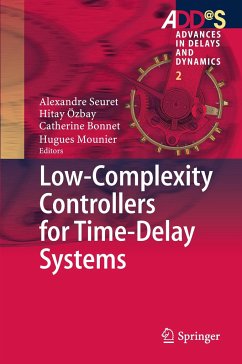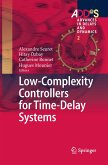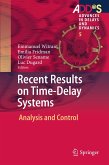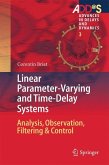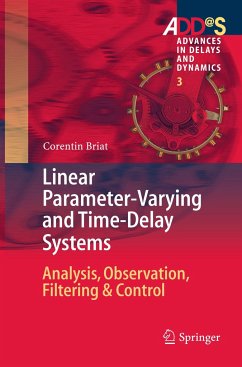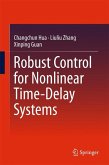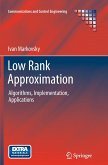This volume in the newly established series Advances in Delays and Dynamics (ADD@S) provides a collection of recent results on the design and analysis of Low Complexity Controllers for Time Delay Systems. A widely used indirect method to obtain low order controllers for time delay systems is to design a controller for the reduced order model of the plant. In the dual indirect approach, an infinite dimensional controller is designed first for the original plant model; then, the controller is approximated by keeping track of the degradation in performance and stability robustness measures.
The present volume includes new techniques used at different stages of the indirect approach. It also includes new direct design methods for fixed structure and low order controllers. On the other hand, what is meant by low complexity controller is not necessarily low order controller. For example, Smith predictor or similar type of controllers include a copy of the plant internally inthe controller, so they are technically infinite dimensional. However, they have very nice numerical properties from the point of reliable implementation. Therefore, such predictor-based controllers are considered as low complexity. This book includes new predictor-based design techniques, with several application examples.
The present volume includes new techniques used at different stages of the indirect approach. It also includes new direct design methods for fixed structure and low order controllers. On the other hand, what is meant by low complexity controller is not necessarily low order controller. For example, Smith predictor or similar type of controllers include a copy of the plant internally inthe controller, so they are technically infinite dimensional. However, they have very nice numerical properties from the point of reliable implementation. Therefore, such predictor-based controllers are considered as low complexity. This book includes new predictor-based design techniques, with several application examples.
"This book ... is a collection of concise papers devoted to the subject of complexity reduction in modelling and design of time-delay systems. ... The book is well structured, with content organized into concise chapters of similar length. The text has been carefully edited and supported with numerous, high-quality illustrations." (Przemyslaw Ignaciuk, Mathematical Reviews, March, 2016)

